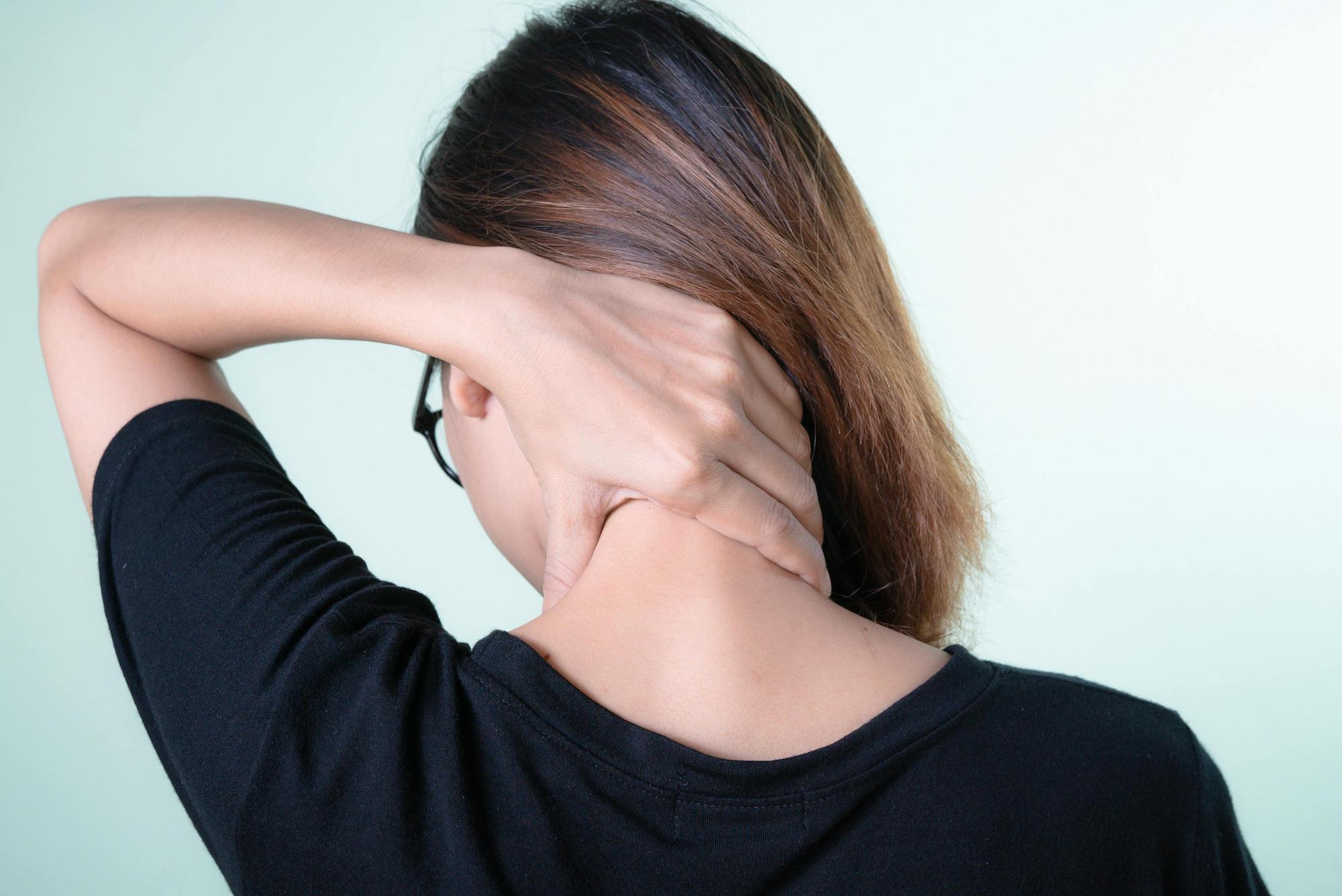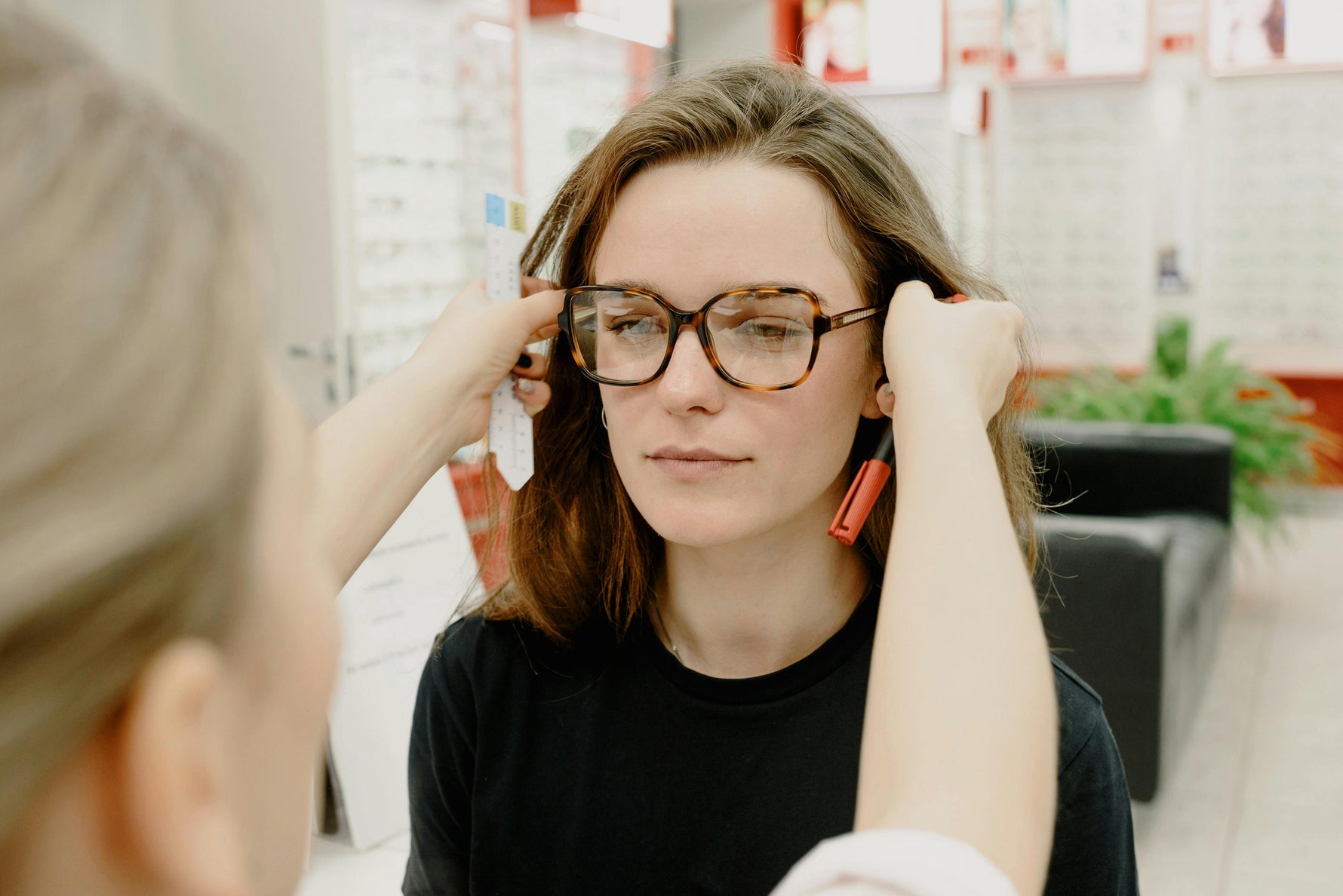Did you know?
TRY IN STORE
With ILOP, you can choose a pair of glasses online and book an in-store try-on.
Look for products with the "TRY IN STORE" button.
Simple, right?


When vision affects posture
Vision and posture may seem like independent elements, but in reality they are closely connected.
This often underestimated relationship is at the root of many common issues such as headaches, neck pain, and visual fatigue, which arise from an imbalance between the eyes and the body. In this article, we will explore how vision and posture interact, the warning signs not to ignore, and how a proper visual assessment can improve not only eye health but overall well-being.
Vision and Posture: A Delicate Balance
Our eyes are a fundamental orientation tool. About 80% of the information we use to move and maintain balance comes from vision. When visual perception is altered—due to an uncorrected refractive error, asymmetry between the eyes, or a problem with visual coordination—the brain receives incorrect signals. To compensate, the body tends to adopt incorrect positions that “rebalance” vision, but over time this can lead to muscle tension and pain.
Consider, for example, someone with astigmatism or latent strabismus: they may unconsciously tilt their head or slightly raise their chin to focus better. Or think of someone who works long hours at a computer, forced to lean forward to see a screen that is too far away or poorly lit. In both cases, the body adapts—but at the expense of posture.
Similarly, poor posture can also interfere with visual quality. If the head is tilted too far forward or the shoulders are rounded, the visual axes of the eyes change, affecting coordination and spatial perception.

Signs of an Imbalance Between Eyes and Posture
There are various symptoms and physical disorders that may indicate a connection between visual and postural problems. Recognizing them is the first step toward targeted intervention:
- Recurring headaches or eye-strain headaches
- Neck pain and muscle tension in the shoulders and neck area
- Double or blurred vision after long hours of work
- Eye fatigue and difficulty concentrating
- Tendency to tilt the head or twist the torso to focus better
- Dizziness or a feeling of instability, especially during rapid movements
These issues are often treated as separate problems—perhaps with physiotherapy or massages—without considering that their origin may be both visual and postural at the same time.
How to Intervene: The Role of Visual-Postural Assessment
The first step in addressing the problem is a comprehensive visual assessment, capable of analyzing not only refractive errors (myopia, astigmatism, hyperopia) but also how the eyes work together and how they interact with the body’s posture.
At ILOP optical centers, during the eye examination, it is possible to identify ocular asymmetries or postural compensations and recommend the most suitable solution, which may include:
- Customized lenses, designed to improve visual comfort and reduce the need for postural compensations
- Office or computer lenses, ideal for those who spend long hours at a desk
- Ergonomic advice on screen height and distance, lighting, and correct posture
- Collaboration with professionals such as physiotherapists or postural optometrists for an integrated approach
Improving vision in these cases not only alleviates eye discomfort but can also help restore a more natural and relaxed posture, reducing pain and tension accumulated over time.

Prevention and Good Habits to Maintain Balance
In addition to optical corrections, there are small daily habits that can help maintain a good balance between vision and posture:
- Keep a distance of approximately 50–70 cm from your screen and adjust its height to eye level
- Take regular breaks every 20 minutes and move your neck and shoulders to release tension
- Pay attention to the lighting in your workspace: avoid direct light or reflections
- Perform regular visual relaxation exercises, such as looking at distant objects for a few seconds
- Periodically check your vision to update your prescription and ensure your lenses are still suitable
When Seeing Well Means Feeling Bette
The connection between eyes and posture is deeper than you might think. An uncorrected visual problem can affect the way we move, just as poor posture can interfere with the quality of our vision.
For this reason, visual prevention is also postural prevention. Taking care of your eyes means helping your entire body regain its natural balance.
At ILOP, every eye examination is designed to provide a 360° view of visual and postural well-being, with personalized solutions and careful attention to every detail.
Because seeing well is not just a matter of clarity—it’s about harmony between eyes, body, and mind.
Book your eye check at ILOP optical centers and discover how it can change not only the way you see, but also the way you feel.
Book an appointment at our optical centers!
2025 ILOP S.r.l. - eCommerce: via De’ Musei 4, 40124 Bologna - Tel. (+39) 051 0826807 - P.I. 03799111202



